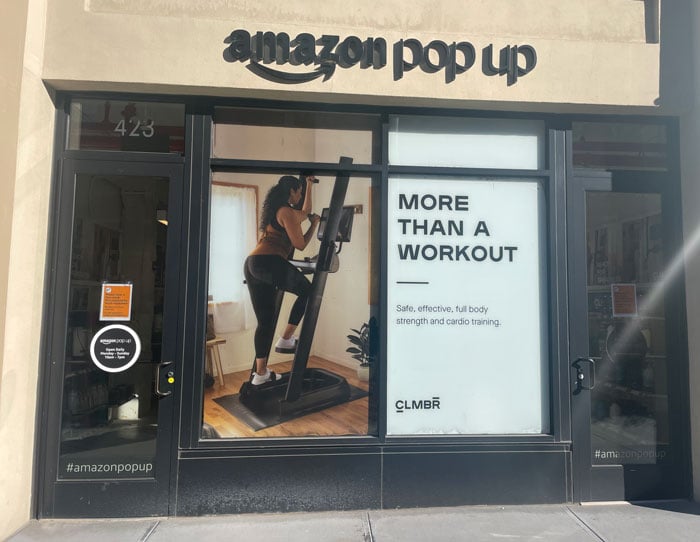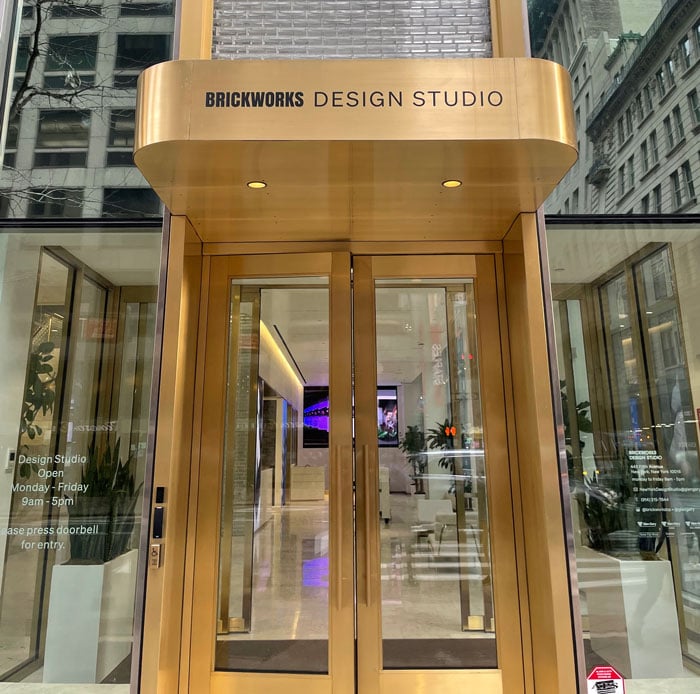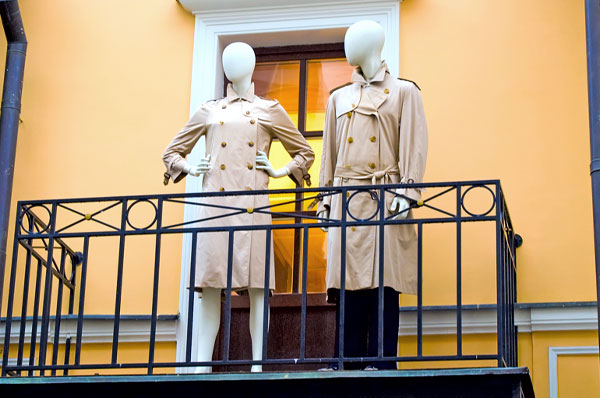And other stores were focusing on supporting businesses too, like Google’s new space underneath its head office in the Meatpacking District. It had several spaces dedicated to supporting businesses - including a conference area that entrepreneurs could book for events.
Physical space might just represent a really valuable way for B2B businesses to differentiate. After all, recent studies suggest around 40% of Gen Z and millennials want to start their own business.
A B2B space could engage existing business prospects – or inspire new ones.
Shopping Trend #2: Experiences Are Being Sold
Many retailers still can’t find a KPI for experience that keeps their CFOs happy. But that may be changing.
The best example of this is the toy store Camp. Beyond its 5th Avenue Flagship, it’s now generating solid income from experiences alone.
Art Camp is a brilliant new example. Customers are buying tickets for art classes, Jackson Pollock style paint throwing, tie dying sessions, and dozens of products that emerge from these classes. This standalone space at Columbus Circle is already a huge success.
Then there’s Camp at Hudson Yards charging customers for crafting sessions and workshops, and regular sponsored events like a recent Paw Patrol experience.
All of this has snowballed from a commitment to experiential retail - and they are likely approaching a point where the experiences are as profitable as the products themselves.
Nowhere else has advanced as far as Camp, but there are signs of other brands following suit. Reddy, Petco’s experiential concept, is aiming to build a community of affluent dog owners - and in addition to running free activities for customers, it’s already looking at paid experiences. These may include training and nutrition workshops, and paid memberships.
Shopping Trend #3: Department Store 2.0 - Innovative Design
While Bloomingdale’s, Macy’s and Nordstrom all felt a little stale - and were still struggling to fill vast spaces - there were dozens of smaller, more exciting spaces doing something new with the department store model.
Showfields is a now well-established example that hosts dozens of new, digital-first brands every month. This creates a constantly changing store that encourages repeat visits.
B8ta, another established example, also showcases new products and concepts – but with a really innovative model. Its main goal is to collect data – about how successful the products are at engaging customers – and to sell that data to the product owners.
Soho.Home.Studio is a beautiful space that showcases the furniture from its world-famous hotels. It’s an example of blended retail, where Soho House members get all kinds of benefits.
Then there’s Neighbourhood Goods, which packs a lot more variety into a very small space than most department stores do across three floors. The merging of product types because of their close proximity actually makes the store far more interesting - you feel like you’re experiencing a series of different lifestyles, rather than brands.
And Amazon’s pop-up in the Meatpacking District is innovating in this area too. Each month it presents a completely different product theme, and then attracts relevant sponsor brands to host their products. Like B8ta, the attraction is data rather than sales.






.jpg?width=800&height=800&name=blog-jack-nrf-25%20(1).jpg)






